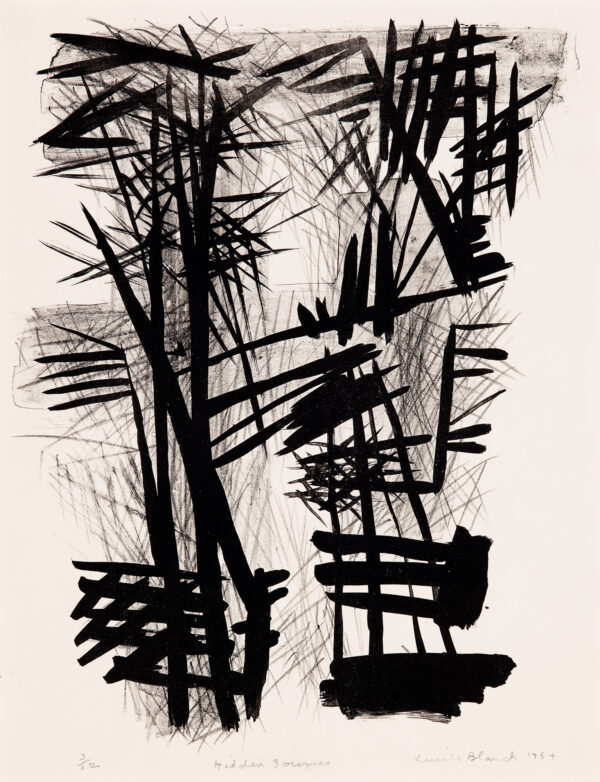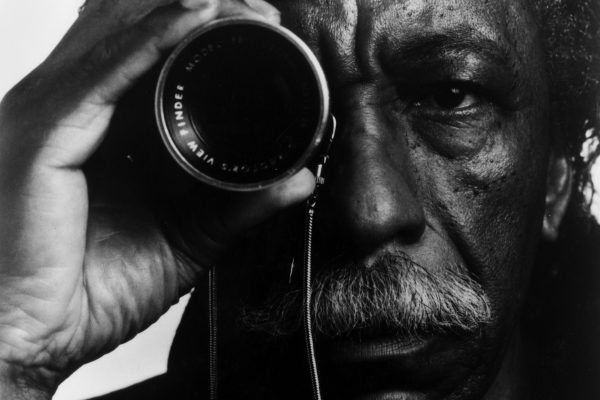
Art and Everyday Life: Lucile Blanch
December 19, 2015 - March 20, 2016
Kurdian Gallery
About This Exhibition
In a 1963 interview, artist Lucile Blanch (1895–1981) was asked to comment on her successful 30-year career. Instead of discussing her artwork, Blanch emphasized her “toughness” and “fight.” Her daily job as an artist, she insisted, required determination: “The hanging on and moving forward no matter what, the not getting lazy.”
Blanch first burst onto the art scene in the 1930s, earning a coveted scholarship to the New York Art Students’ League, a Guggenheim Foundation Fellowship, and several major WPA (Works Progress Administration) commissions. By the 1950s, she was named “one of the most important artists in the U.S.” by a New York magazine. Blanch worked at her craft every day until her death in 1981. She understood that being an artist was more than a calling; it was a profession that required daily work. Each day, she created piles of sketches in order to translate her ideas into visual form, to practice her technique, and to hone her style.
Art and Everyday Life celebrates Blanch’s daily, dedicated work as an artist. She refused to miss even a single day of “practicing her art.” These prints and drawings, gifts of the artist’s estate, demonstrate both Blanch’s unique artistic vision and her dedication to her profession.


